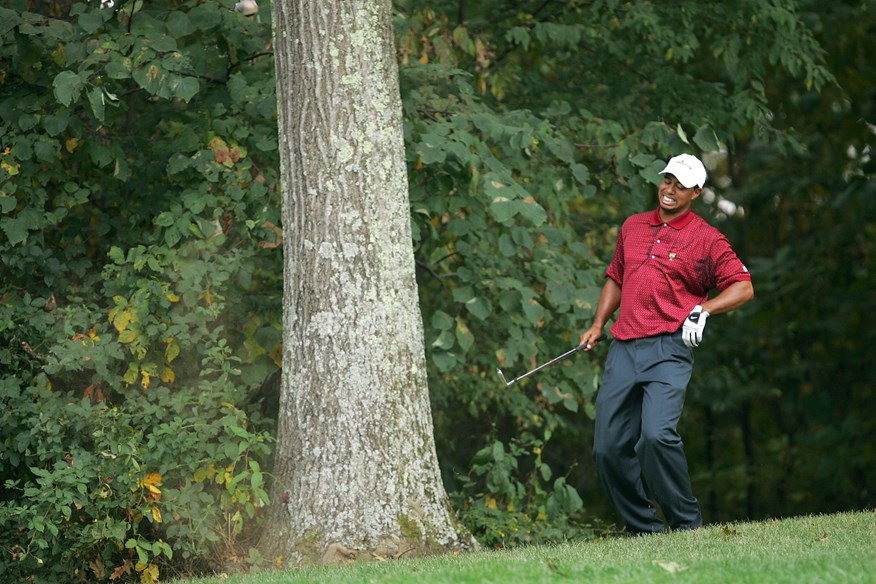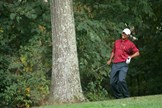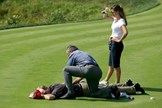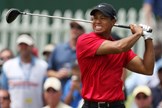Is your golf swing damaging your back?
Last updated:
The pursuit of power hurt Tiger, and spine surgeons warn the same could happen to you! Here’s why you need to pay attention, and the best ways to prevent future back problems.
Striving to swing it like DJ could be doing more harm than good. Experts from Barrow Neurological Institute have warned that swinging hard and fast is triggering an epidemic of back pain, especially among young golfers.
Spinal problems remain the most common injury among amateurs and professionals, comprising 35 per cent and 55 per cent respectively. Current and former world No.1s Justin Rose, Rory, Dustin Johnson and Jason Day have all been blighted by back disorders – and at a far younger age than the average man.
“The long-term effects are not trivial, particularly for a sport that allows for decades of participation,” writes Dr Corey Walker, who led the study. “As technology has propelled driving distances forward, so too has the focus on creating swing paths that produce the most power.”
In contrast to the “relaxed downswing and follow-through” of greats like Jack Nicklaus, modern pros like Rory & Co try to maximise the rotation of the shoulders relative to the hips at the top of the backswing which twists their lumbar spine. An explosive release of energy in the downswing then creates a “crunch” effect on the side of the spine, placing pressure on the disc and facet joints.
This is the equivalent to the compressive force of around eight times the average human body weight, or the impact of a block tackle in American football.
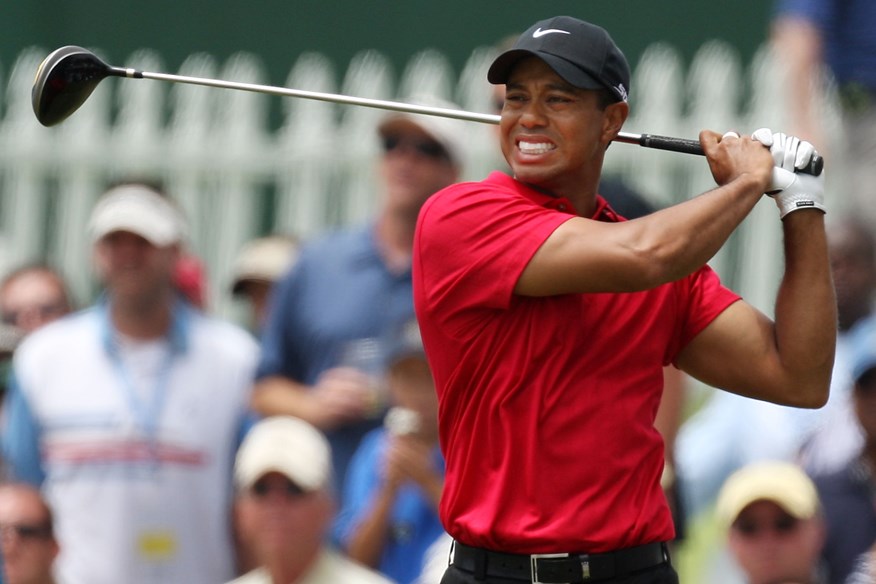
“The forces necessary to generate swing speeds that allow golfers to hit the ball at their current distances are significant and place extraordinary loading and torsional stress on the spine,” claims Walker. Over time, this can lead to a condition called ‘repetitive traumatic discopathy’ or RTD.
The paper, published in the Journal of Neurosurgery: Spine, references Tiger Woods and how he spawned a new era of golfers focusing on gym work and muscularity to achieve an ‘X-factor swing.
“We believe Tiger Wood’s experience with spinal disease highlights a real and under-recognised issue amongst modern era golfers,” surmises Walker.
“Modern-day golfers, particularly elite players who follow intense strength-training regimens to let loose the enormous potential of tightly-wound muscle fibers, are repeatedly traumatising their lumbar spine. We are seeing younger and younger elite level golfers with degeneration in their lower back.”
Should we be worried?
Nigel Tilley, a consultant physiotherapist to the European Tour, is in agreement that golfers are more susceptible to lower back injuries than they perhaps were 20 years ago, but is keen to downplay the significance of the study for your weekend hacker.
He told us: “The potential injury risks are more focused on elite golfers – not the whole golfing population – who have been playing for 30 years and are hitting huge amounts of balls with a high amount of force.
“If we scanned everybody at the age of 40, 70 per cent of people would have disc degeneration – whether they play golf or not. These are just age-related changes. The lower back is a vulnerable area in golfers, but that doesn’t mean there’s an epidemic and it certainly isn’t a reason not to play golf.”
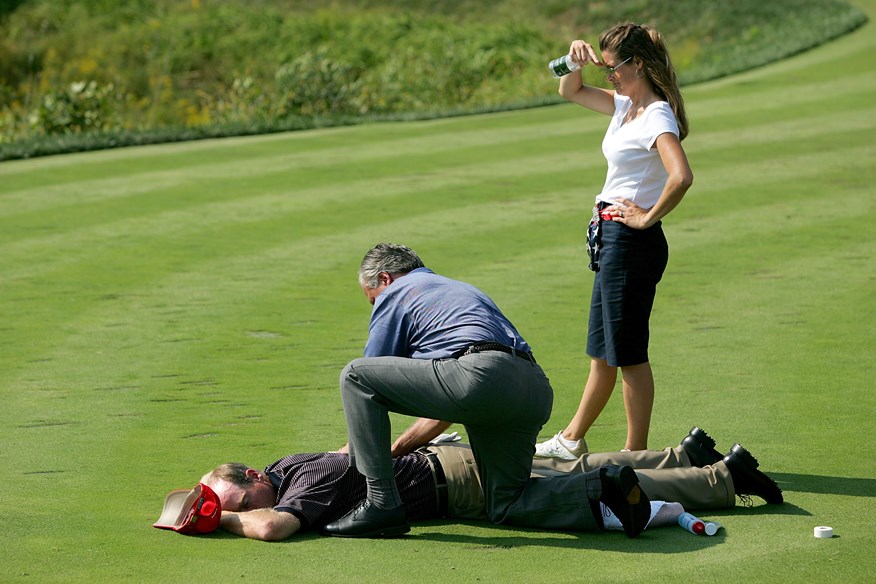
Tilley believes many golfers have been put off going to the gym because of Tiger’s back problems, and are now putting themselves at a higher risk of injury by refusing to do any strength and conditioning training.
“It shouldn’t come as a surprise that someone with Tiger’s longevity and volume of exercise has a weakness in an area we know is vulnerable for golfers, but his case needs to be taken in insolation,” says Tilley.
“Any type of strength training will improve your stability and power, and help your trunk and lower body to tolerate the forces in the golf swing. In other words, it will help to reduce injury, rather than cause one.”
Tilley’s top tips
1. Try to avoid quick spikes in loads or volume.
If you haven’t played golf in three weeks, don’t go out on the Saturday and hit 300 balls at the driving range. That will put you at greater risk of injury. You’re better off hitting 100 balls three times a week.
2. See a physio or golf coach
Work with a physiotherapist or golf coach to identify poor swing mechanics or reduced thoracic and hip mobility. They may work on changing your swing or body movement, and often that results in reducing the load being placed on the back.
3. Strength and conditioning is key
Commit to doing some form of strength and conditioning in the long term. We work with players on explosive and compound movements, such as deadlifts, squats, pushes, presses and carries, but yoga and Pilates would also be beneficial.
4. Warm up properly before you play.
This can be as simple as parking at the far end of the car park and walking briskly to the first tee. There’s really no need to spend half an hour in the gym beforehand. Just spending a couple of minutes making some practice swings is enough to get the blood pumping and the muscles warm.
